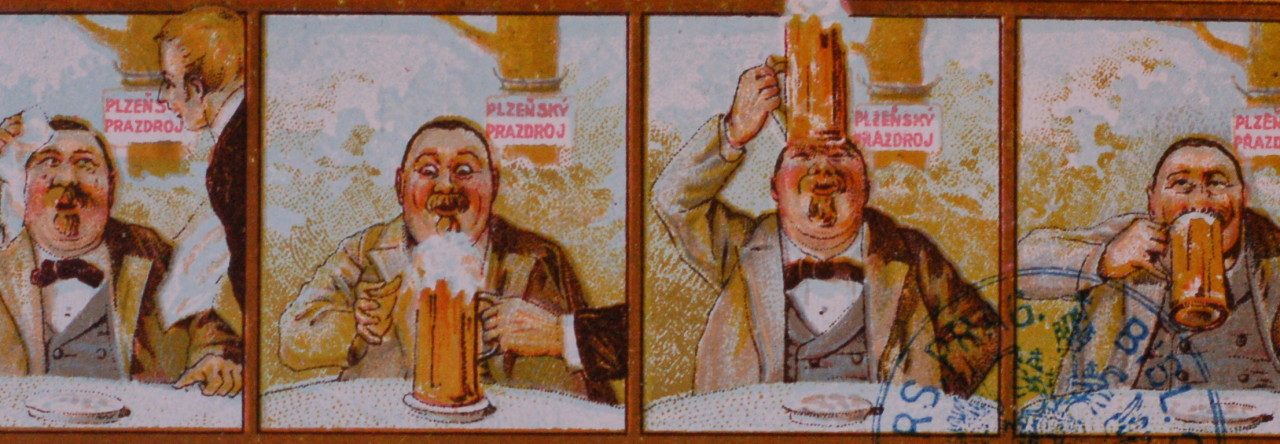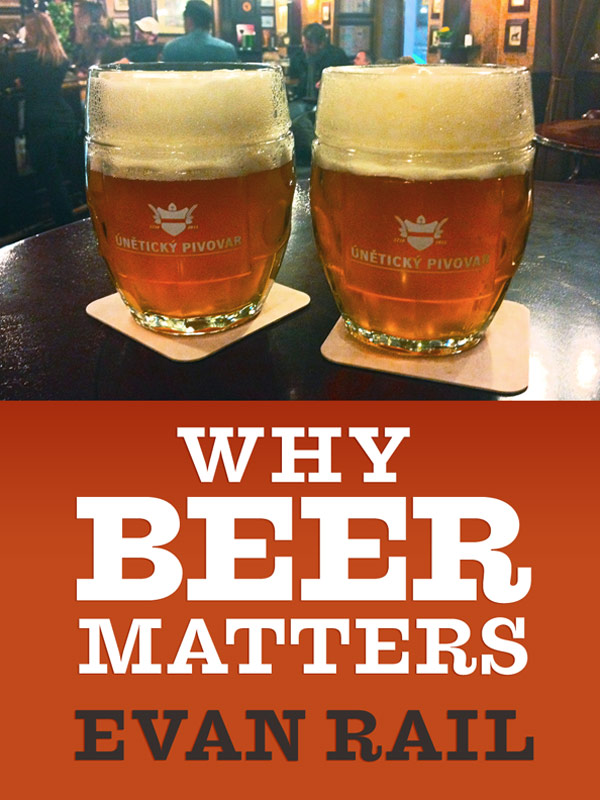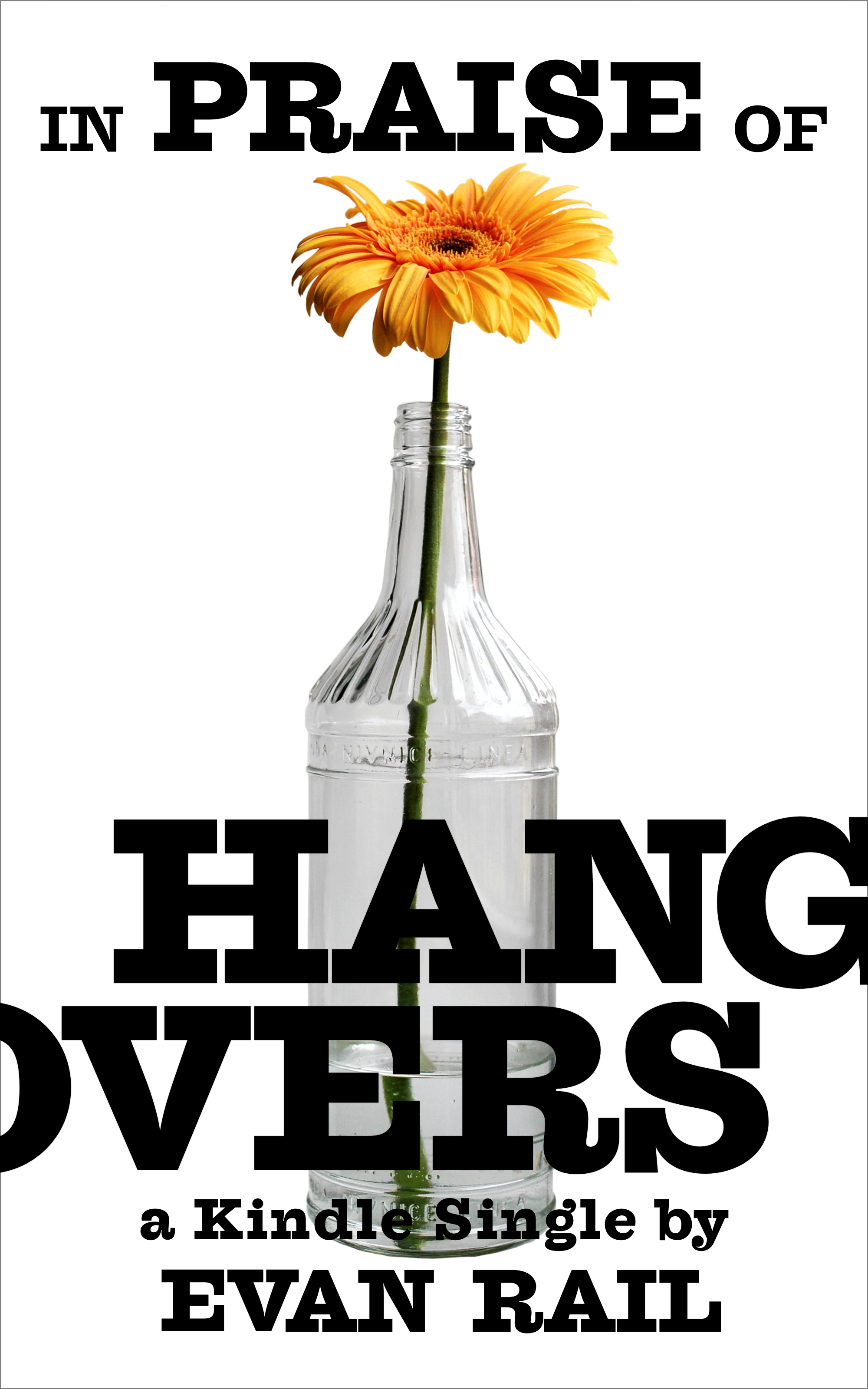
Back to Czech topics, as the Prague Daily Monitor has an interesting-slash-weird story today, translated from the local newspaper Hospodářské noviny, on “drinkability” and Czech beer (subscription required). You have to puzzle your way through a confused plot before you get to the punch line:
“Japanese researchers once presented laboratory rats with a bowl containing water and another with Czech beer. ‘First of all, the rats went for the beer. But when the scientists replaced the Czech beer with a foreign brand, the rats preferred water,'” said a scientist at the Czech Research Institute of Malting and Brewing.
That’s right. According to Czech scientists, Japanese rats prefer Czech beer to water, though they prefer water to foreign beers. (Many thanks to OptaDesign for the illustration.)












